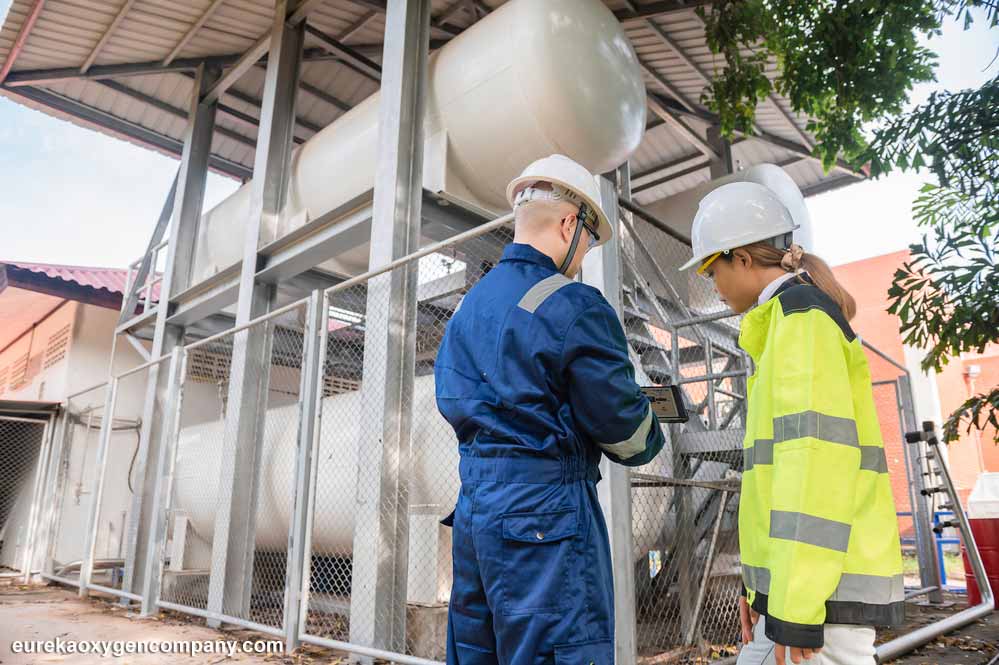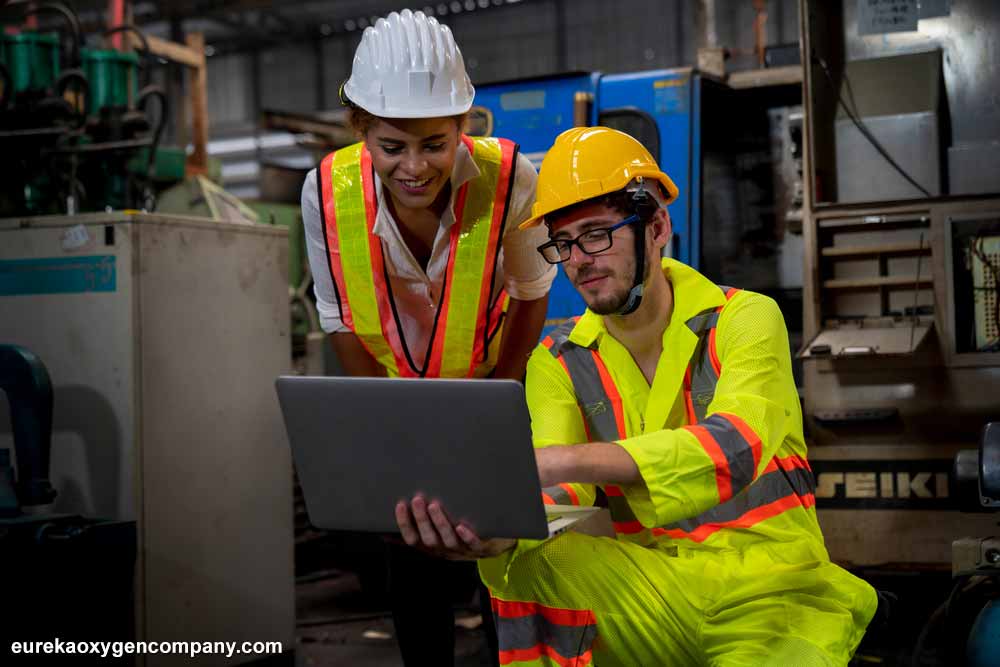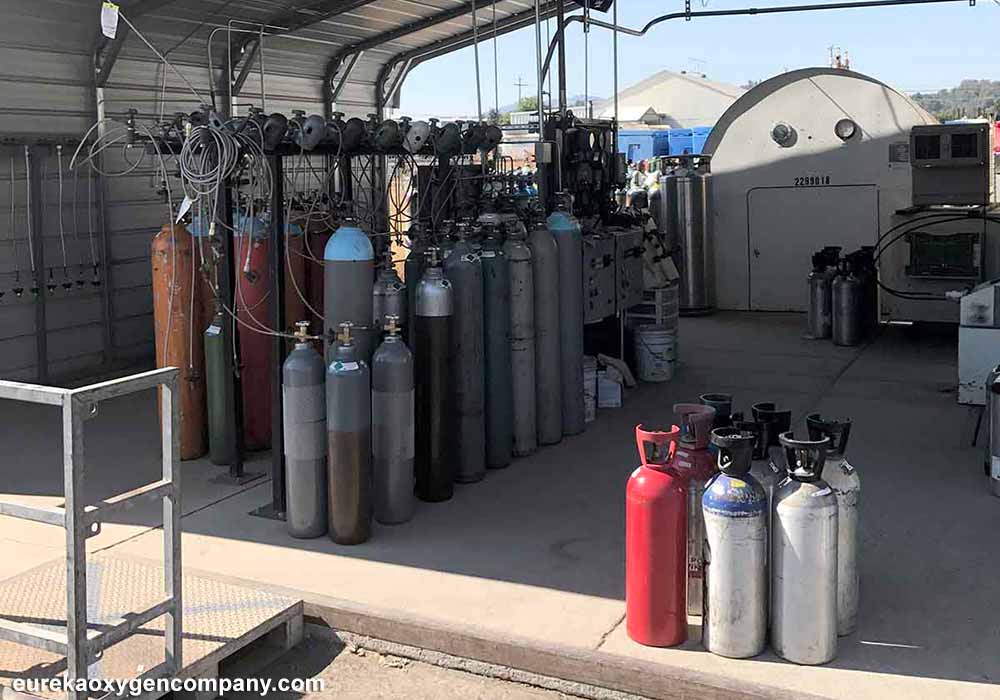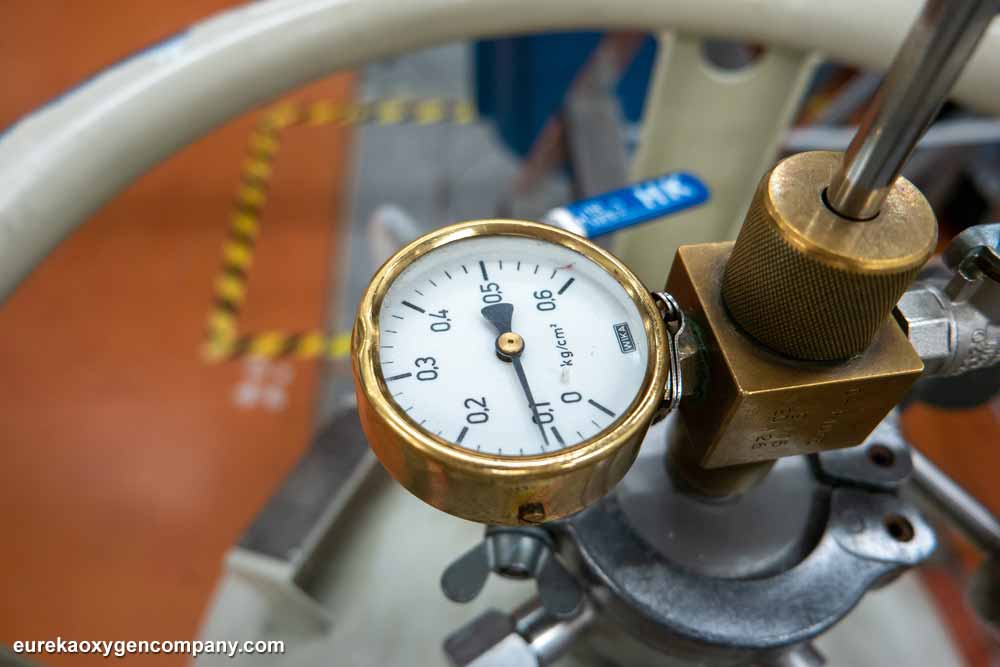Ensuring safety and efficiency in gas welding with proper cylinder care
Understanding the Significance of Cylinder Maintenance
Industrial gases, such as those utilized in gas welding, play a key role in various applications, from metal fabrication to healthcare equipment production. Proper maintenance of welding gas cylinders ensures that these gases are stored, handled, and transported with the utmost care, safeguarding both personnel and the environment.
Cylinder maintenance is not merely a routine task; it’s a critical component of ensuring the safety of workers and the longevity of the equipment involved. By prioritizing cylinder maintenance, industries not only ensure uninterrupted operations but also contribute to a culture of safety and responsibility in the welding landscape.
To ensure their safe and efficient use, meticulous maintenance and inspection of welding gas cylinders are vital. Proper cylinder care extends beyond a routine task; it’s a commitment to the well-being of workers, the longevity of equipment, and the integrity of the environment. Take a look at the appropriate safety guidelines for cylinder maintenance.
Visual Inspection Guidelines:
- Exterior Examination: Regularly inspect the exterior of welding gas cylinders for signs of corrosion, dents, or damage. These issues can compromise the cylinder’s structural integrity and, consequently, the safety of the gas stored within.
- Valve Check: Pay attention to the condition of the cylinder valve. Ensure it operates smoothly and isn’t leaking. A faulty valve can lead to gas leaks or contamination.
- Label and Markings: Verify that the cylinder’s labels and markings are clear and legible. These markings contain essential information about the cylinder’s contents, pressure ratings, and other critical details.
Guidelines for Valve and Connection Maintenance:
- Avoid Over-Tightening: When attaching regulators or hoses, avoid over-tightening connections. Over-tightening can damage threads, leading to gas leaks.
- Use the Right Tools: Always use appropriate tools to secure connections. Using pliers or wrenches that aren’t designed for the purpose can result in damage.
- Regular Valve Operation: To prevent valve seizing, periodically open and close the cylinder valve. This ensures that the valve remains operational and prevents it from becoming stuck.
Professional Inspection: A Prudent Practice
While routine visual inspections by trained personnel are vital, periodic professional inspections by certified technicians are equally important. These inspections delve deeper into the cylinder’s internal condition, identifying potential issues that might not be visible during a visual check. Qualified inspectors can detect leaks, assess valve functionality, and verify cylinder integrity, providing a comprehensive evaluation that safeguards against potential risks.
Storage and Handling Guidelines:
Secure Storage: Store welding gas cylinders in a cool, dry, well-ventilated area away from direct sunlight, open flames, and heat sources.
Proper Positioning: Keep cylinders upright and properly secured to prevent them from falling or tipping over.
Label Visibility: Ensure cylinder labels are always visible, allowing for quick identification of the cylinder’s contents.
Conclusion
The importance of welding gas cylinder maintenance and inspection cannot be overstated. Industrial gases, including specialty gases used in gas welding, are crucial components of numerous processes across various industries. By adhering to routine visual inspections, valuing proper valve and connection maintenance, and embracing professional inspections, industries can uphold safety standards and ensure operational efficiency.
Remember, welding gas cylinders aren’t just containers; they are indispensable assets that demand care and attention to sustain the integrity of industrial equipment and processes. Adhering to these maintenance and inspection guidelines lays the foundation for a safer, more efficient, and more productive welding environment.
Eureka Oxygen Is Here To Help
At Eureka Oxygen, the fusion of experience and innovation leads to the creation of gases that empower welders to achieve remarkable results. From acetylene and argon to more specialized blends, our offerings cater to the unique demands of diverse welding applications.
With safety at the forefront, Eureka Oxygen ensures that gases are stored, transported, and supplied with meticulous care, allowing industries to focus on their craft while maintaining the highest standards of operational integrity.
Take a look at our products, as well as the locations we reach. Keep an eye out for our blog where we share informational and useful posts like this one.

